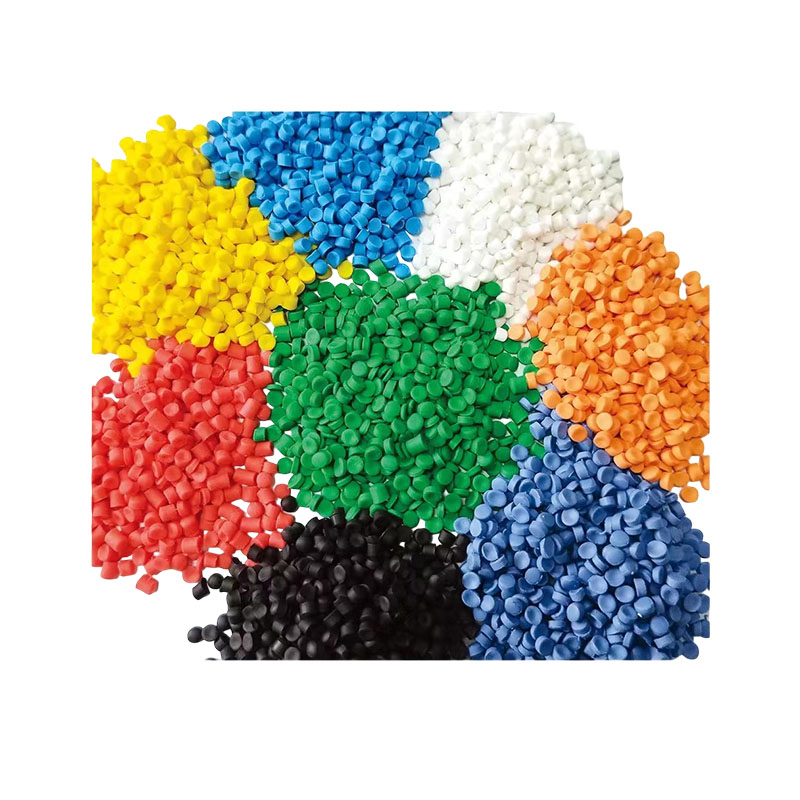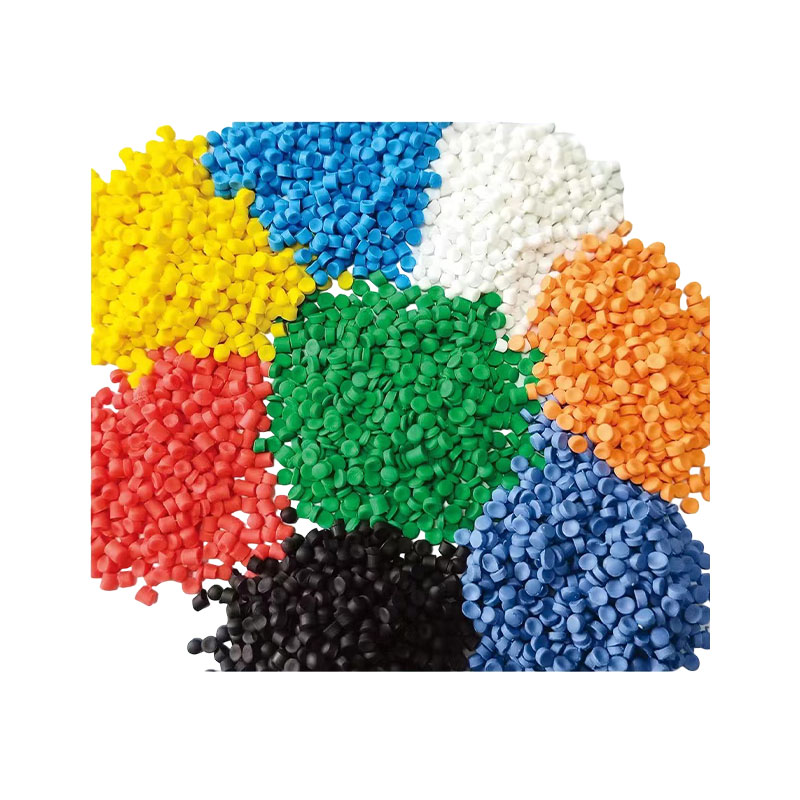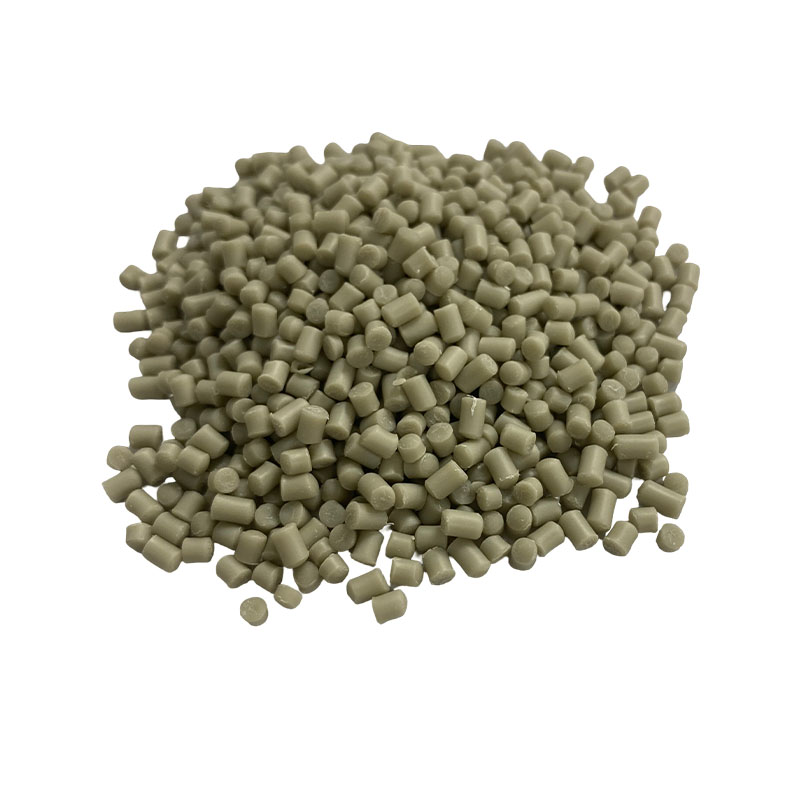How does the surface smoothness of heat shrink tubing ensure the high quality standards of the product?
Release Time : 2025-07-01
As a widely used protective material, the surface smoothness of heat shrink tubing is one of the important criteria for measuring product quality. Ensuring the smooth surface of heat shrink tubing can not only improve the aesthetics, but also significantly enhance its physical properties and practical application effects. In the production process, a series of carefully designed process steps and technical means can effectively ensure that the surface of heat shrink tubing meets high quality standards.
First of all, in the selection of raw materials, the use of high-quality base resins and other additives is the key. These raw materials need to have good fluidity and flatness to ensure that they can be evenly distributed and form a smooth surface during subsequent processing. High-quality raw materials can not only reduce the presence of impurities and impure substances, but also better blend when heated and plasticized, thereby avoiding possible defects or unevenness. In addition, strict control of the quality of raw materials is also a prerequisite for ensuring the smooth surface of the final product.
After entering the production link, the internal mixer mixing and compression molding technology plays an important role. This process makes the internal structure of the material more compact and uniform by fully mixing the various components and compressing them under high pressure. This uniformity is directly related to the quality of the finished product surface, because if there are bubbles or incompletely fused parts inside the material, it may cause the surface of the finished product to be uneven. Therefore, using an internal mixer for preliminary treatment helps to lay a solid foundation for subsequent processes.
Next is the twin-screw plasticizing extrusion granulation stage. In this step, the material is fed into the twin-screw extruder, quickly plasticized under high temperature and pressure and extruded through the die. Because the twin-screw design has strong shear force and mixing effect, it can further refine the material particles and promote a more perfect combination between the components. At the same time, it is also important to accurately control the extrusion speed and temperature parameters, so as to avoid the problem of surface roughness caused by too fast or too slow. After this step, the material has basically formed a relatively smooth initial state.
The subsequent cooling and shaping stage should not be ignored. In order to ensure the smoothness of the heat shrink tubing surface, appropriate cooling methods must be adopted. Usually, a combination of water cooling or air cooling is used to gradually reduce the temperature so that the material gradually solidifies and forms. A reasonable cooling rate can prevent stress concentration and deformation caused by rapid cooling or slow cooling, thereby maintaining a flat and smooth surface. In addition, during the cooling process, it is also necessary to prevent external contaminants from adhering to the surface of the tube to avoid affecting the final quality.
Finally, the finished product needs to be carefully inspected before cutting and packaging. Any minor flaws may affect the appearance and performance of the product. To this end, many manufacturers have introduced advanced testing equipment and technologies, such as optical microscopes, laser rangefinders and other tools, to detect whether there are minor scratches, spots and other problems on the surface of the tube. Once a problem is found, appropriate measures are taken immediately to correct it. In addition, strict packaging processes can also effectively prevent damage to the appearance during transportation.
In short, to ensure that the surface smoothness of the heat shrink tubing meets high standards, it is necessary to check from the selection of raw materials to every detail of the production process. Through scientific and reasonable formula design, advanced production equipment and rigorous quality control system, the surface quality of the heat shrink tubing can be maximized. This not only enhances the market competitiveness of the product, but also provides users with a more reliable and beautiful use experience. With its excellent surface properties, high-quality heat shrink tubing will show irreplaceable application value in many fields such as electronics and electrical, automobile manufacturing, and aerospace.
First of all, in the selection of raw materials, the use of high-quality base resins and other additives is the key. These raw materials need to have good fluidity and flatness to ensure that they can be evenly distributed and form a smooth surface during subsequent processing. High-quality raw materials can not only reduce the presence of impurities and impure substances, but also better blend when heated and plasticized, thereby avoiding possible defects or unevenness. In addition, strict control of the quality of raw materials is also a prerequisite for ensuring the smooth surface of the final product.
After entering the production link, the internal mixer mixing and compression molding technology plays an important role. This process makes the internal structure of the material more compact and uniform by fully mixing the various components and compressing them under high pressure. This uniformity is directly related to the quality of the finished product surface, because if there are bubbles or incompletely fused parts inside the material, it may cause the surface of the finished product to be uneven. Therefore, using an internal mixer for preliminary treatment helps to lay a solid foundation for subsequent processes.
Next is the twin-screw plasticizing extrusion granulation stage. In this step, the material is fed into the twin-screw extruder, quickly plasticized under high temperature and pressure and extruded through the die. Because the twin-screw design has strong shear force and mixing effect, it can further refine the material particles and promote a more perfect combination between the components. At the same time, it is also important to accurately control the extrusion speed and temperature parameters, so as to avoid the problem of surface roughness caused by too fast or too slow. After this step, the material has basically formed a relatively smooth initial state.
The subsequent cooling and shaping stage should not be ignored. In order to ensure the smoothness of the heat shrink tubing surface, appropriate cooling methods must be adopted. Usually, a combination of water cooling or air cooling is used to gradually reduce the temperature so that the material gradually solidifies and forms. A reasonable cooling rate can prevent stress concentration and deformation caused by rapid cooling or slow cooling, thereby maintaining a flat and smooth surface. In addition, during the cooling process, it is also necessary to prevent external contaminants from adhering to the surface of the tube to avoid affecting the final quality.
Finally, the finished product needs to be carefully inspected before cutting and packaging. Any minor flaws may affect the appearance and performance of the product. To this end, many manufacturers have introduced advanced testing equipment and technologies, such as optical microscopes, laser rangefinders and other tools, to detect whether there are minor scratches, spots and other problems on the surface of the tube. Once a problem is found, appropriate measures are taken immediately to correct it. In addition, strict packaging processes can also effectively prevent damage to the appearance during transportation.
In short, to ensure that the surface smoothness of the heat shrink tubing meets high standards, it is necessary to check from the selection of raw materials to every detail of the production process. Through scientific and reasonable formula design, advanced production equipment and rigorous quality control system, the surface quality of the heat shrink tubing can be maximized. This not only enhances the market competitiveness of the product, but also provides users with a more reliable and beautiful use experience. With its excellent surface properties, high-quality heat shrink tubing will show irreplaceable application value in many fields such as electronics and electrical, automobile manufacturing, and aerospace.







